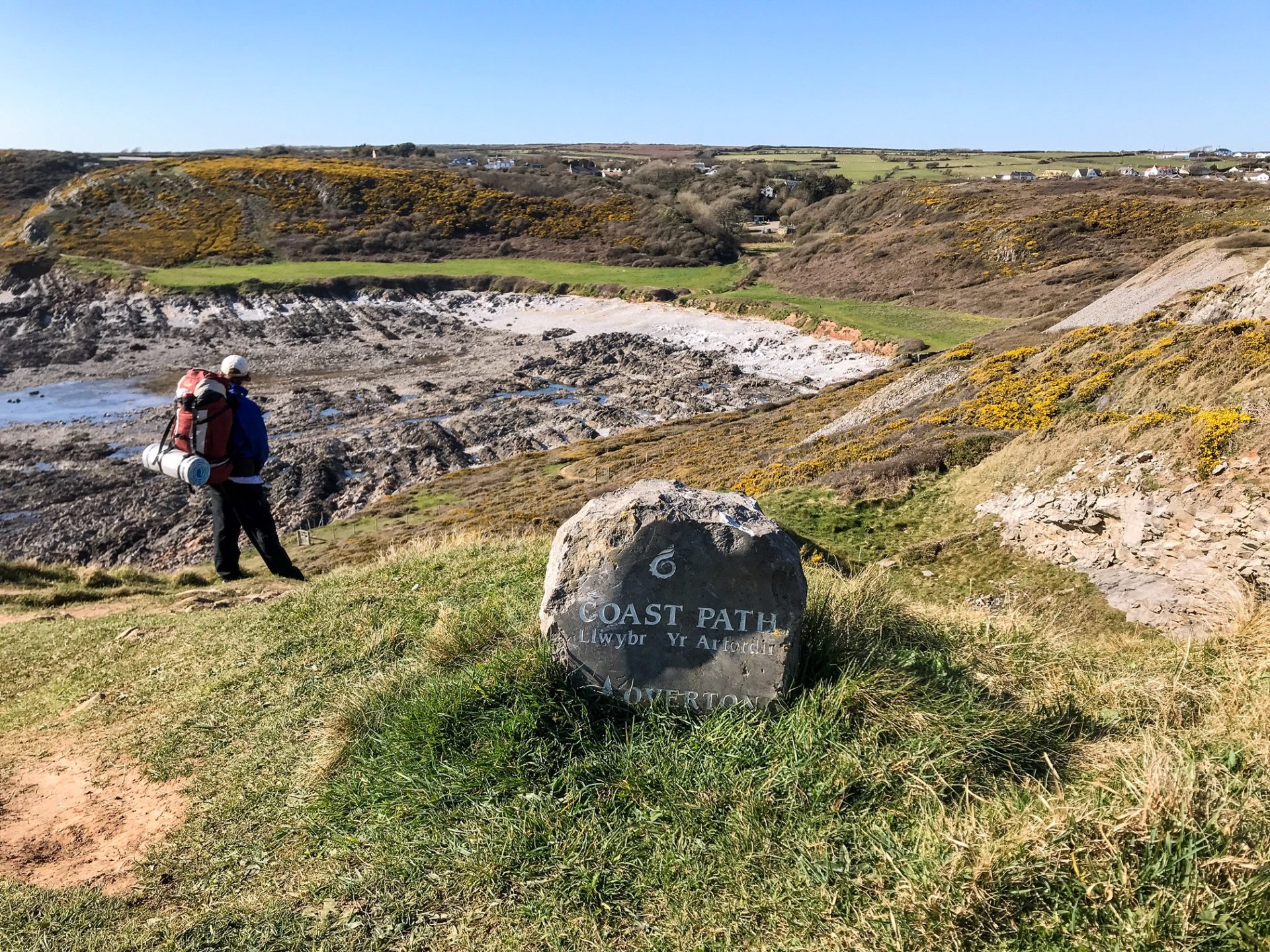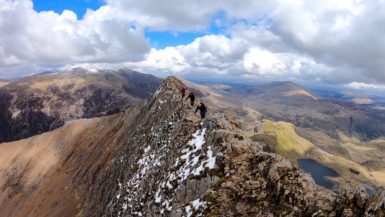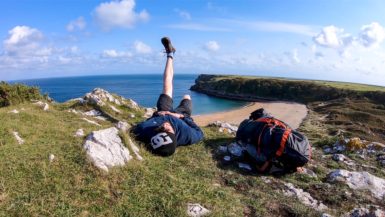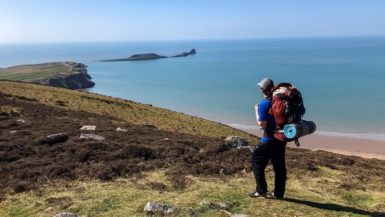The Gower Peninsula was the first designated AONB. Following a long winter lockdown, I set out to walk the length of its coastline.
See also:
How to Hike the Gower Peninsula
Following three months in lockdown, I felt the urge to go on another adventure. My tent and hiking gear were collecting dust beneath the staircase and it was time to put them to use.
I roped in my close childhood friend, James, set him up with my spare hiking equipment and booked a parking space on the Gower Peninsula – Britain’s first Area of Outstanding Natural Beauty. At five am, groggy-eyed but excited, we brewed a thermos of coffee and set out for Wales.
Three hours later, we had crossed the Prince of Wales Bridge over the Severn Estuary and were approaching the outskirts of Swansea. We didn’t know if the weather would hold for us as it has an infamous temperament in south Wales. Thankfully, the calm sea and blue skies that graced our drive were a sign of times to come.
We parked on the driveway of a Welsh local. He was pleased to hear we were walking the coast path and wished us all the best on our journey. He led us through his house and out to the back garden which opened onto the fairway of Pennard Golf Club.
“Walk straight,” he said, “and you’ll reach the sea in no time.”
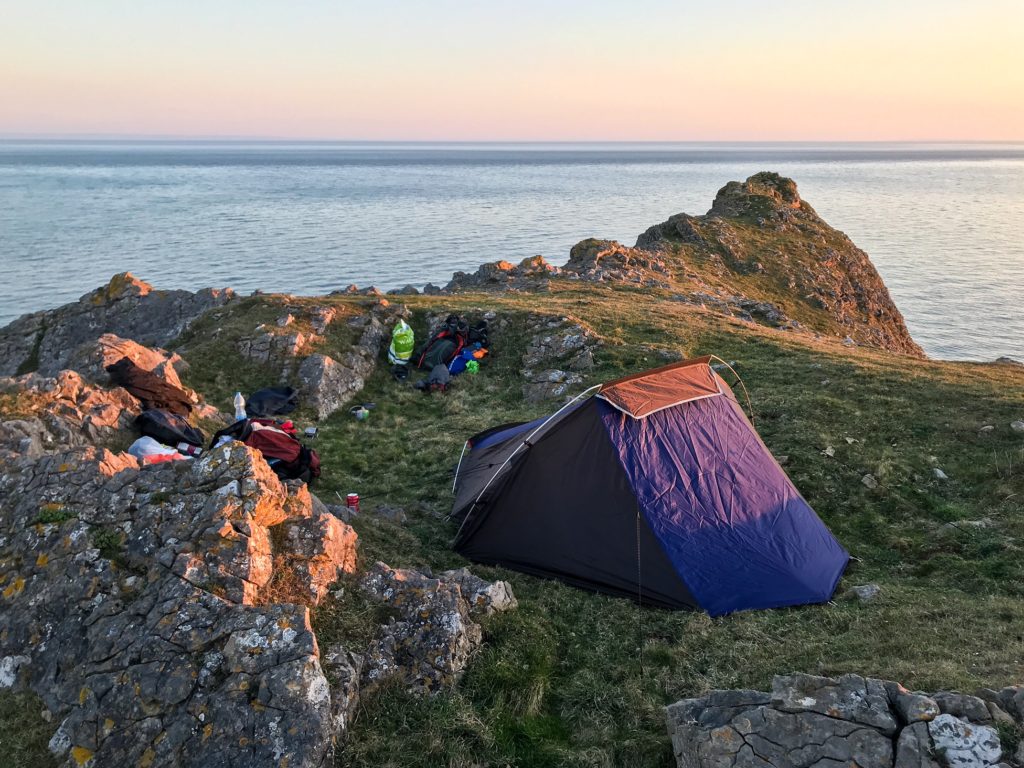

Taking his word for it, we ventured across the golf course in search of the Welsh Coast Path. It is an 870-mile trail around the Welsh coast and would be our navigational tool for the next three days. The signs for the coast path are characterised by their blue and yellow colouring and curling sea shell symbol.
Sure enough, we soon reached the sea, and the coast opened out before us across the expansive Three Cliffs Bay. Buoyed to finally be on the path, we rushed down onto the beach. Unfortunately, the tide was in and the trail was partially submerged. Not deterred, we scrambled across the rocks until we reached our first sign for the coast path pointing us up the dunes.
For the rest of the day, we summited headlands and descended into hidden coves. The limestone cliff formations along Tor Bay and up to Port Enyon were sensational. Layers of fossilised rock, craggy cliffs and wind-blasted beaches dominated the landscape.
Growing tired, we began to look for a place to pitch our tent. We found a remote bluff that had a view out to the Worm’s Head in the distance. After setting up camp, we made a flask of tea and sat watching the gulls glide above the sparkling Bristol Channel.
Filled with optimism and the sensation of being free again, we talked jovially about everything we had seen so far and our excitement of the days to come. Soon, the sun turned a deep red and crept below the horizon spilling peach and lilac into the sky.
We lay back and watched pins of light flicker from the dark. Sleep came easy that night, as we curled into our sleeping bags, knowing we had lived a day few are lucky enough to experience in a lifetime.

